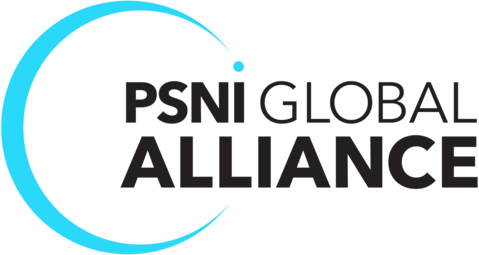The year 2020 introduced a lot of new experiences into everyday life– and a lot of new words and phrases to describe them. For staring at your phone for hours reading one piece of bad news after another we have “doomscrolling.” “Maskne” describes all the blemishes that pop up on your chin after wearing a mask. “Vaxications” are the vacations we’ll all take once the COVID-19 vaccine has been widely distributed.
And then, of course, there’s Zoom fatigue.
When work around the world suddenly went remote in the spring, the video conferencing app Zoom became the primary way workplace teams got together and got things done. It also became a way for family and friends to stay in touch while still practicing social distancing. Zoom calls have been used to host everything from corporate retreats and board meetings to birthdays and weddings this year.
But has it all become too much?
As the pandemic drags on, endless video calls are creating a new kind of exhaustion that threatens both our productivity and our mental health. Keep reading to learn more about why video conferences are making you so tired, and what you can do to combat Zoom fatigue.
Here’s Why Zoom is Wearing You Out
In December of 2019, Zoom had an average of 10 million daily meeting participants. By April 2020, they were up to 300 million daily meeting participants. By moving previous face-to-face interactions to Zoom, kids could keep going to school, employees could keep going to work, and family and friends could keep getting together.
In many ways, Zoom was the ideal solution for so many of the challenges presented by the pandemic. But it is not a perfect replacement for real-life interactions.
Video chats make us work harder to process facial expressions and other body language cues. Short periods of silence that create normal rhythms in face-to-face conversations make people uncomfortable on a video call. One study found that even delays of just 1.2 seconds make people feel like the responder is less friendly or focused.
And speaking of focus, Zoom meetings can make that hard, too. It’s difficult to make and keep eye contact when you are staring at a screen of faces and not getting distracted by your own face on the screen is a challenge as well.
5 Steps to Combat Zoom Fatigue
Even as employees return to the office, the COVID-19 pandemic has changed the nature of work forever. Many companies around the world are adopting a hybrid approach, with regular remote work remaining an option for their employees.
So how can employees stay healthy and happy as video conferences continue to be the norm? Here are 5 strategies to consider.
- Avoid multitasking. It might be tempting to send that email, check that Slack message, or switch between tabs while you listen to what’s happening on a video call. But try not to. Multitasking not only reduces your productivity, it tires you out. When you’re on a video call, close any extra tabs or programs, put away your phone and give yourself a chance to focus.
- Take breaks. Once you finish a Zoom meeting, get up and walk around. Try scheduling meetings for shorter increments of time, or build in some time in each meeting for small talk and catching up. If you can’t avoid long days of back-to-back video calls, just minimizing the chat window or looking away from the screen for a minute or two can keep you from getting burned out.
- Explore alternatives. Not every meeting has to be a video call. If you just need a quick, informal conversation, try a phone call instead. Sharing documents with detailed notes and comments can replace video meetings. Meeting organizers can also give participants the option to join without turning their video on.
- Set boundaries. When social events like happy hours are taking place on the same platform as work meetings, they can start to feel like obligations instead of fun distractions. Don’t be afraid to be honest and clear about whether you can attend—and don’t feel guilty for opting out. You should also set video conferencing boundaries in your professional life; for example, you can set aside two or three days a week as “No Zoom Days.”
- Be patient. If you are feeling more exhausted and on edge than usual, chances are your employees and co-workers are, too. Whether it’s rescheduling a meeting, changing the format, or not stressing out over a few seconds of silence, a little bit of empathy and flexibility can go a long way towards taking the pressure off.
Do Zoom Right with Help from a PSNI Integrator
Now that Zoom is here to stay, you can also improve the experience and avoid Zoom fatigue with the right supporting AV technology. From better microphones and audio speakers to fully integrated Zoom Rooms, a PSNI integrator can help you find the tools and solutions to keep your employees focused and productive from anywhere. To get started, find your nearest integrator today.









